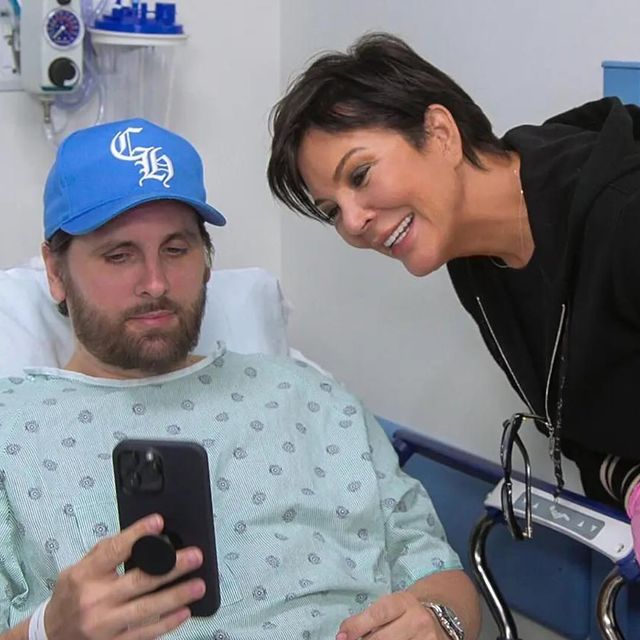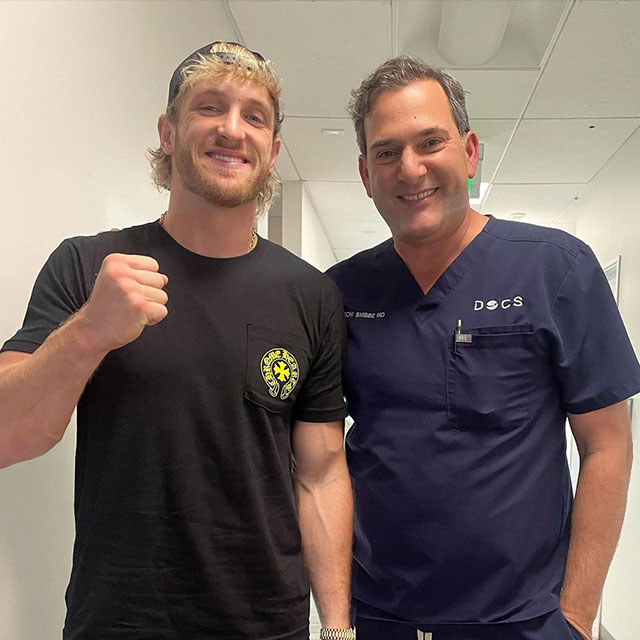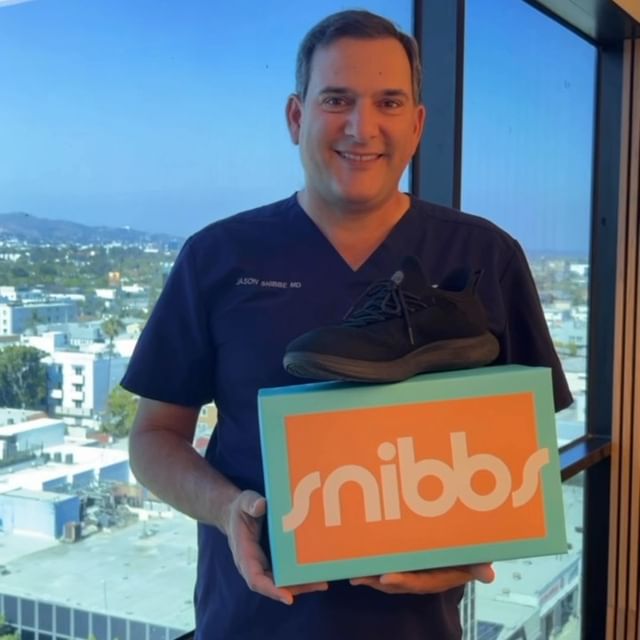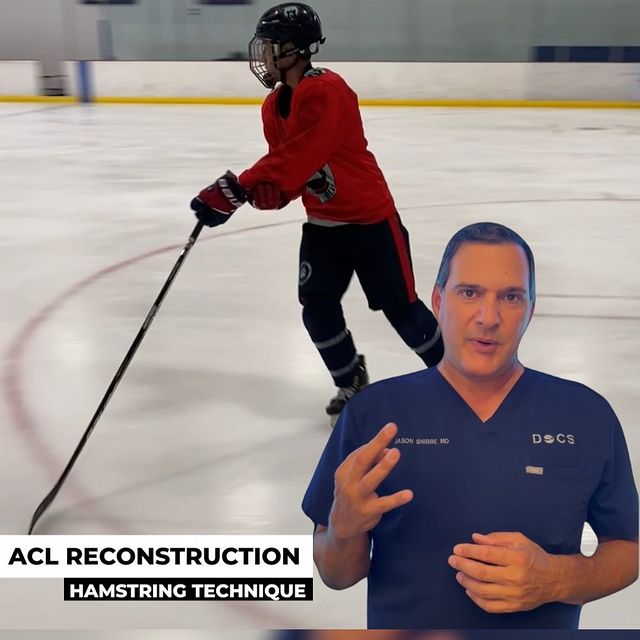Patient Resources
Orthopedic Surgeon and Sports Medicine Specialist in Los Angeles
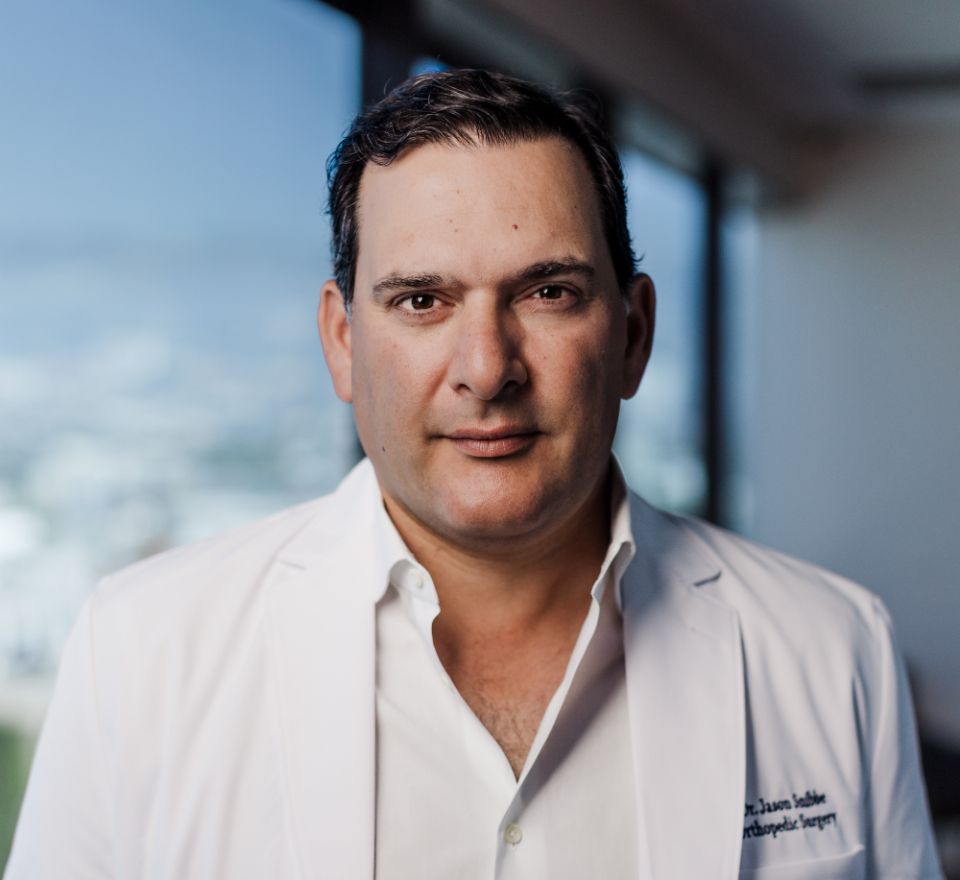
Post Operative Instructions
- Post Injection Instructions (pdf)
- ACL Reconstruction (pdf)
- Hip Arthroscopy (pdf)
- Knee Arthroscopy with Meniscectomy (pdf)
- Knee Arthroscopy (pdf)
- Medial Patellafemoral Ligament Reconstruction (pdf)
- Shoulder Arthroscopy with SAD (pdf)
- Shoulder Capsulorrhaphy (pdf)
- Shoulder SLAP Repair (pdf)
- Partial Knee Arthroplasty (pdf)
- Reverse and Total Shoulder Arthroplasty (pdf)
- Total Hip Arthroplasty (pdf)
- Total Knee Arthroplasty (pdf)
- Shoulder Arthroscopy with Rotator Cuff Repair (pdf)
FAQ’s
What type of anesthesia will I receive for my surgery?
The Anesthetic Experience with Snibbe Orthopedics
Any patient undergoing a procedure with Dr. Snibbe that would require sedation/anesthesia, should know that his team only works with Board Certified Anesthesiologists that specialize in the care of Orthopedic patients. His anesthesia physicians work hand-in-hand with him to insure that the patients are not only asleep and safe during their procedures, but also have little or no pain in the post operative period. In order to insure that our patients awaken from anesthesia comfortably, Dr. Snibbe prefers, whenever possible, for the patients to receive Regional Anesthesia versus General Anesthesia. Regional anesthesia differs from general anesthesia in that a breathing tube is not placed and, instead, the patient is given an injection in order to numb the operative site (i.e. arm or leg) for a period of 24 hours. This method provides the patient a comfortable post operative period with little to no pain.
Regardless whether someone receives General or Regional Anesthesia, all the patients are asleep for their respective procedure. It is our experience that if Regional Anesthesia is employed our patients overall receive less medication to remain asleep, usually do not require a breathing tube and have a smoother and less painful recovery with minimal to no side effects that are typical of general anesthesia (i.e. nausea, vomiting, sore throat). If anyone for whatever reason cannot have or does not desire to have Regional Anesthesia, a General Anesthetic will be provided. This is determined by Dr. Snibbe and the anesthesiologist at the time of your surgery.
How long should I be icing my knee for after surgery?
For the first 2 weeks after surgery, we want you to ice your knee 5-6 times a day for 30 minutes at a time. There is no limit to how many times a day you can ice; it will only help with the pain and keep the inflammation down to a minimum. However, we do not recommend that you ice while you are sleeping!
After 2 weeks, you can ice your knee as often as you want, but you don’t need to do it as often. We recommend you ice at least once a day for 30 minutes and after physical therapy.
I was given stockings/ted hose to wear at the hospital during my knee surgery; how long do I wear these for after surgery?
The white stockings that you are given help with circulation after your surgery. You should wear these for 2 weeks after your surgery.
When can I remove my knee dressing/bandages?
If you had a knee arthroscopy, you may remove your dressing 2 days after the surgery. Just put band-aids over the incisions until your sutures are removed at your first post operative appointment.
If you had knee replacement surgery, your dressing needs to remain on until you have your first post operative appointment. It is water-resistant, so you can get it wet in the shower.
Please avoid submerging your knee in water (i.e. bathtub, pool, Jacuzzi) until after your bandages are removed in the office at your first post operative appointment.
When can I shower after my knee surgery?
For knee arthroscopy patients, you can shower 2 days after surgery once you remove your bandages.
Patients who had a total knee replacement may shower the day after surgery; however, most people will require assistance getting in and out of the shower.
If you had either of the above procedures, please avoid submerging your knee in water (i.e. bathtub, pool, Jacuzzi) until after your sutures/bandages are removed in the office at your first post operative appointment.
When is it okay for me to exercise after my knee surgery?
You may resume exercise for you upper body as soon as you would like following all knee procedures.
Following a knee arthroscopy, you are not permitted to do any running, jumping, or any lower body impact exercises outside of the ones deemed appropriate by your physical therapist until 6-12 weeks after surgery. These restrictions will be modified by Dr. Snibbe as he reevaluates you at each post operative appointment.
Following a total knee replacement, you may return to the gym as soon as you feel able. You will be doing therapy at home after surgery with a therapist, and then will progress to outpatient physical therapy two weeks after surgery. We encourage you to begin walking regularly to build up strength in your legs prior to returning to a gym routine.
I was given stockings/ted hose to wear at the hospital during my hip surgery; how long do I wear these for after surgery?
The white stockings that you are given help with circulation after your surgery. You should wear these for 2 weeks after your surgery.
I was given a brace for after my hip surgery; how long do I use this for?
The hip positioner brace is used for the first week after surgery; however, it is only worn at night while sleeping. You do not need to put it on if you are taking a nap during the day. Be careful at night though; you will need someone to help you remove the brace if you should need to get up in the middle of the night.
How long should I be icing my hip for after surgery?
For the first 2 weeks after surgery, we want you to ice your hip 5-6 times a day for 30 minutes at a time. There is no limit to how many times a day you can ice; it will only help with the pain and keep the inflammation down to a minimum. However, we do not recommend that you ice while you are sleeping!
After 2 weeks, you can ice your hip as often as you want, but you don’t need to do it as often. We recommend you ice at least once a day for 30 minutes and after physical therapy.
Why do I have to take Naprosyn for a month after my hip arthroscopy?
You are to start taking Naprosyn at one week after your surgery and continue taking it for a month following your hip arthroscopy. This is to prevent a condition called heterotopic ossification, where the bone that we shave away in the procedure can come back and cause calcifications in the hip joint and surrounding tissues.
When can I remove my hip dressing/bandages?
If you had a hip arthroscopy, you may remove your dressing 2 days after the surgery. Just put band-aids over the incisions until your sutures are removed at your first post operative appointment.
If you had hip replacement surgery, your dressing needs to remain on until you have your first post operative appointment. It is water-resistant, so you can get it wet in the shower.
Please avoid submerging your hip in water (i.e. bathtub, pool, Jacuzzi) until after your bandages are removed in the office at your first post operative appointment.
When can I shower after my hip surgery?
For hip arthroscopy patients, you can shower 2 days after surgery once you remove your bandages.
Patients who had a total hip replacement may shower the day after surgery; however, most people will require assistance getting in and out of the shower.
If you had either of the above procedures, please avoid submerging your hip in water (i.e. bathtub, pool, Jacuzzi) until after your sutures/bandages are removed in the office at your first post operative appointment.
I am still having popping/clicking in my hip after my hip arthroscopy; is this normal?
Yes! This is very normal. The muscles, tendons, and ligaments surrounding the hip joint get very tight after a hip arthroscopy and will make popping and clicking sounds occasionally. This will resolve over time as you continue with physical therapy.
When is it okay for me to exercise after my hip procedure?
You may resume exercise for you upper body as soon as you would like following all hip procedures. Avoid abdominal exercises (sit ups, crunches, etc.) though until 6 weeks after surgery, as this may aggravate your hip.
Following a hip arthroscopy, you are not permitted to do any running, jumping, or any lower body impact exercises outside of the ones deemed appropriate by your physical therapist until 3 months after surgery. This is to protect the repair of your labrum.
Following a total hip replacement, you may return to the gym as soon as you feel able. You will be doing therapy at home after surgery with a therapist, and then will progress to outpatient physical therapy two weeks after surgery. We encourage you to begin walking regularly to build up strength in your legs prior to returning to a gym routine.
Other FAQs
How long should I be icing my elbow for after surgery?
Once your splint is removed at your first post operative appointment, you will begin to ice your elbow for 1 week after surgery, we want you to ice your shoulder 5-6 times a day for 30 minutes at a time. There is no limit to how many times a day you ice; it will only help with the pain and keep the inflammation down to a minimum. However, we do not recommend that you ice while you are sleeping!
After 2 weeks, you can ice your elbow as often as you want, but you don’t need to do it as often. We recommend you ice at least once a day for 30 minutes and after physical therapy.
Can I damage the repair to my elbow by doing too much?
Yes! It is important that you do not lift any objects on the surgery side until you are cleared to do so by Dr. Snibbe. For example, if you had a biceps tendon repair, you are not to be lifting anything on that side until 1 month after surgery.
When can I shower after my elbow surgery?
Once your splint is removed in the office, you may begin to get your incisions wet in the shower. Please avoid submerging your elbow in water (i.e. bathtub, pool, Jacuzzi) for 2 weeks after surgery.
When can I remove my elbow dressing/bandages?
You will be in a splint/soft cast for 1 week after your surgery which will be removed at your first post operative visit.
When is it okay for me to exercise after my elbow procedure?
You may resume exercise for your lower body (i.e. walking, running, elliptical, etc.) as soon as you would like following your elbow surgery; however, you must wait 6-10 weeks after your elbow surgery before you can start working out your upper body again.
Commonly following a tennis elbow procedure or biceps tendon repair procedure, you will not be permitted to lift any items in the hand of your surgery side until 6 weeks after surgery (not even a cell phone!)
Your physical therapy program begins a week after surgery and will progress under Dr. Snibbe and your therapist recommendations. Once you have adequately rehabbed your elbow, sometimes therapy is continued for sports-specific training.
How long should I be icing my shoulder for after surgery?
For the first 2 weeks after surgery, we want you to ice your shoulder 5-6 times a day for 30 minutes at a time. There is no limit to how many times a day you can ice; it will only help with the pain and keep the inflammation down to a minimum. However, we do not recommend that you ice while you are sleeping!
After 2 weeks, you can ice your shoulder as often as you want, but you don’t need to do it as often. We recommend you ice at least once a day for 30 minutes.
When can I shower after my shoulder surgery?
You can shower 2 days after surgery once you remove your bandages. Please avoid submerging your shoulder in water (i.e. bathtub, pool, Jacuzzi) until after your sutures are removed in the office at your first post operative appointment.
When can I remove my shoulder dressing/bandages?
If you had a shoulder arthroscopy, you may remove your dressing 2 days after the surgery. Just put band-aids over the incisions until your sutures are removed at your first post operative appointment.
If you had shoulder replacement surgery, your dressing needs to remain on until you have your first post operative appointment. It is water-resistant, so you can get it wet in the shower.
Can I take off my sling after my shoulder procedure?
If you have had a rotator cuff repair or labral repair, you must wear the sling at all times (even while sleeping) for the first 6 weeks and 3 weeks respectively after your surgery. You can remove the sling for bathing only; but keep your arm close to your body while bathing.
Otherwise, you may only remove your sling when you are doing your exercises that were prescribed by Dr. Snibbe or the physician.
When is it okay for me to exercise after a shoulder arthroscopy procedure?
You may resume exercise for your lower body (i.e. walking, running, elliptical, etc.) as soon as you would like following your shoulder surgery; however, you must wait 6-10 weeks after your shoulder surgery before you can start working out your upper body again. Your physical therapy program begins a week after surgery and will progress under Dr. Snibbe and your therapist recommendations. Once you have adequately rehabbed your shoulder, sometimes therapy is continued for sports-specific training.
My medication is making me constipated. Is this normal?
Constipation is a common side effect of many narcotic-based pain medications such as Vicodin or Percocet. You may increase your fiber intake to counteract this effect, or you may purchase an over-the-counter stool softener, such as Colace, to alleviate the constipation.
My medication is making me sick/nauseous. Should I continue taking it?
Nausea is a common side effect of many narcotic-based pain medications such as Vicodin or Percocet. We recommend that you eat prior to taking these medications. If you experience nausea with your medication, you may stop taking it and begin taking Advil/Aleve for your pain. If you need to continue the pain medication, please contact our office and we will call in a prescription to your pharmacy for an anti-nausea medication.
How long do I have to participate in physical therapy? When do I start?
For most procedures, physical therapy begins 1-2 weeks after surgery for duration of 6-12 weeks.
If you are having a total joint replacement, you will have home physical therapy for two weeks and then will begin out patient physical therapy after your first postoperative appointment.
For most arthroscopic procedures, physical therapy will begin 1 week after surgery. You will be given a physical therapy prescription at your first post operative appointment.
What should I look for if I am worried about having an infection?
Post operative infections are not common; however, it is important to be aware of the signs and symptoms of an infection. If you experience any of the below signs/symptoms, please contact our office to speak with the physician or PA:
- Fever and/or chills
- Sudden increase in pain
- Redness around your incisions that is expanding (with increased warmth to the touch)
- Thick, yellow/white/grey discharge from incisions
- Incisions appear open and/or sutures are not intact
I have a lot of bruising. Is this normal?
Bruising is a common postoperative finding after most surgical procedures. You may have bruising around your surgical site that can track down your arm/leg. If you notice that there is bruising and you don’t have pain in these places, then don’t worry, this is normal.
Is it okay for me to walk up stairs after my hip/knee surgery?
Yes, you will not damage your repair or new joint by walking up stairs. However, this may cause some discomfort during the initial days after your surgery.
When is it okay for me to exercise?
Please ask the physician/PA, as this will vary greatly based on the type of procedure.
When can I return to work?
In general, you may return to work as soon as you feel able. This is usually 1-2 weeks following an arthroscopic procedure and 2-4 weeks following a total joint replacement. This also depends on the type of work that you do and how labor-intensive it is.
I had a total joint replacement; do I need antibiotics when I go to the dentist?
You will only require antibiotics prior to deep tissue dental work. For example, for a standard teeth cleaning or when you have a cavity filled, you do not need antibiotics. However, for example, if you are going to have a root canal or tooth extraction procedure, then you will be required to take antibiotics the day before and day of your dental appointment. Please contact our office in advance and we can call in a prescription to your pharmacy.
When can I travel / fly on an airplane?
You may begin to travel and/or fly on an airplane at 1-2 weeks after your surgery.
If you had a total joint replacement (hip or knee), we advise you to walk up and down the aisle for a couple of minutes at least once every hour you are on the airplane. This will help keep blood from pooling in your legs and prevent a clot from developing. These same patients will also need to take one tablet of full strength aspirin (Ecotrin/ASA 325 mg) twice a day on the day before, day of, and day after travel. This should be done for the first 6 weeks after surgery.
When can I drive?
In general, you may not drive if you are still taking pain medication. For surgery specific instructions, see below.
Shoulder/Hip/Knee Arthroscopy: You may drive 3 to 5 days after your surgery. If your right leg is the operative side, then you must have good control of your leg prior to driving.
If you have had shoulder surgery, and are supposed to be wearing a brace at all times, you may drive only short distances until your brace is discontinued.
Total Shoulder Replacement: You may drive 7 days after your surgery.
Total Hip Replacement: You may drive 5 to 7 days after your surgery.
Total Knee Replacement: You may drive 1 to 2 weeks after your surgery.
Call (310) 860-3048 today and schedule a consultation at Snibbe Orthopedics in Los Angeles to learn if hip arthroscopy can help you!

